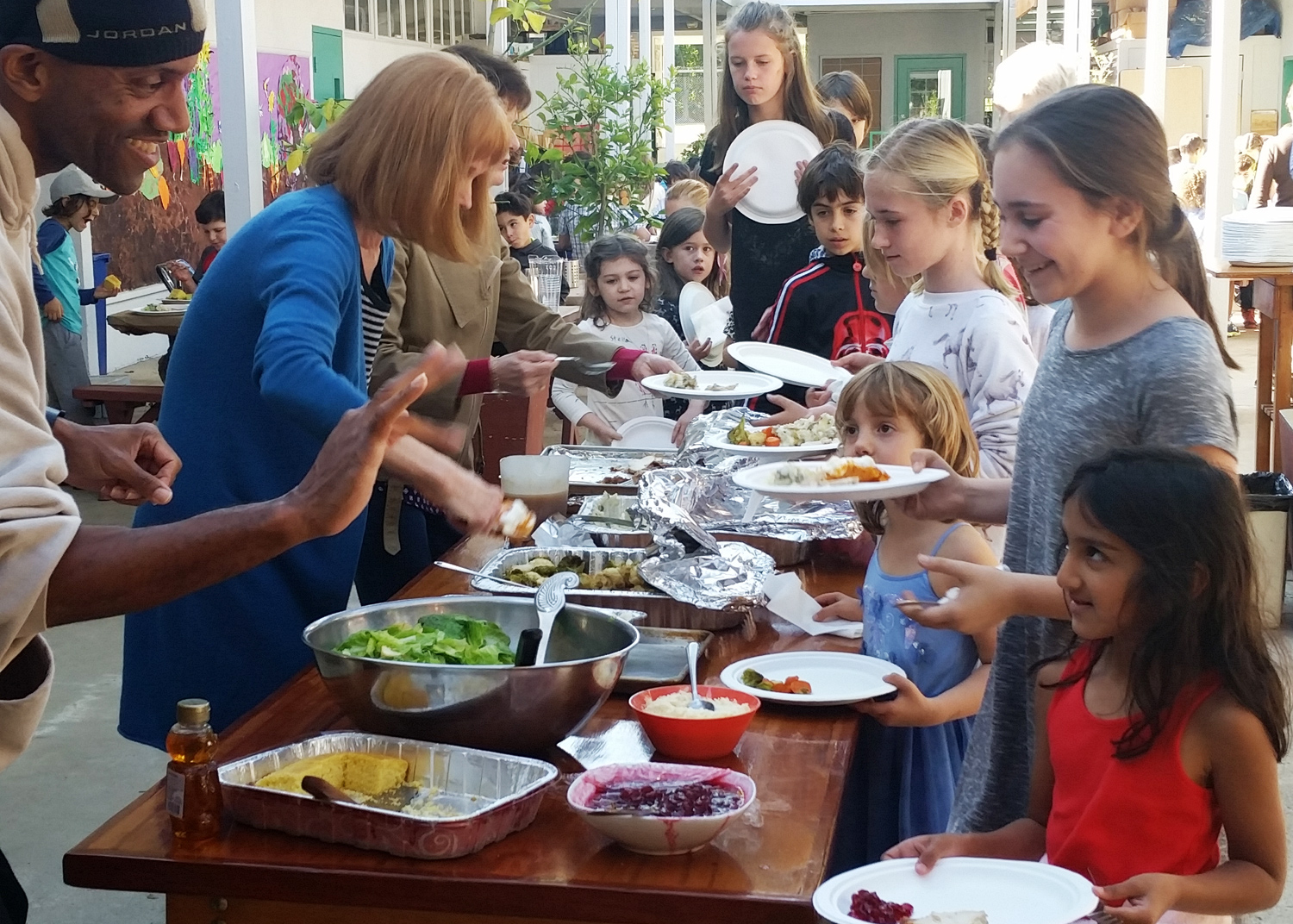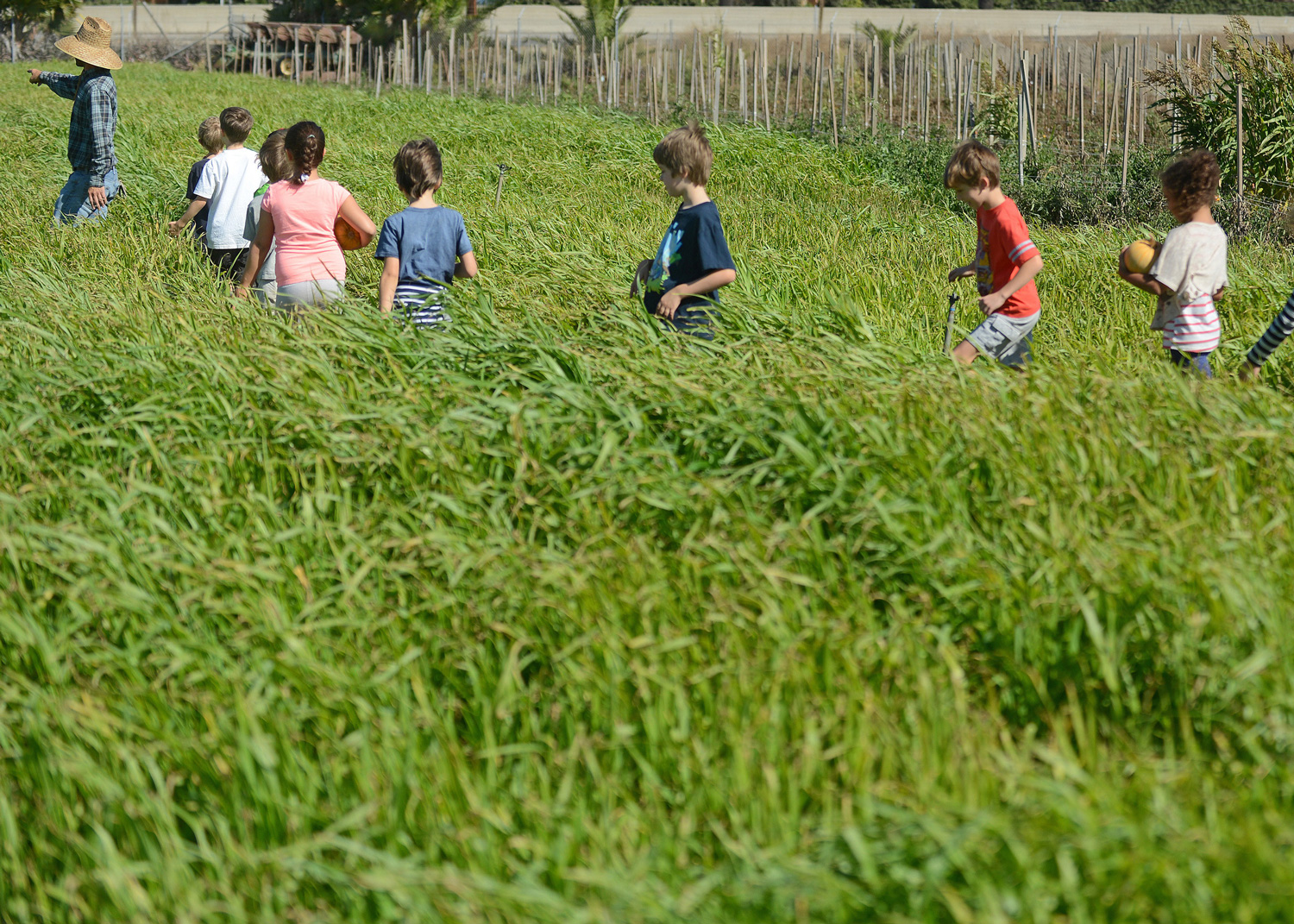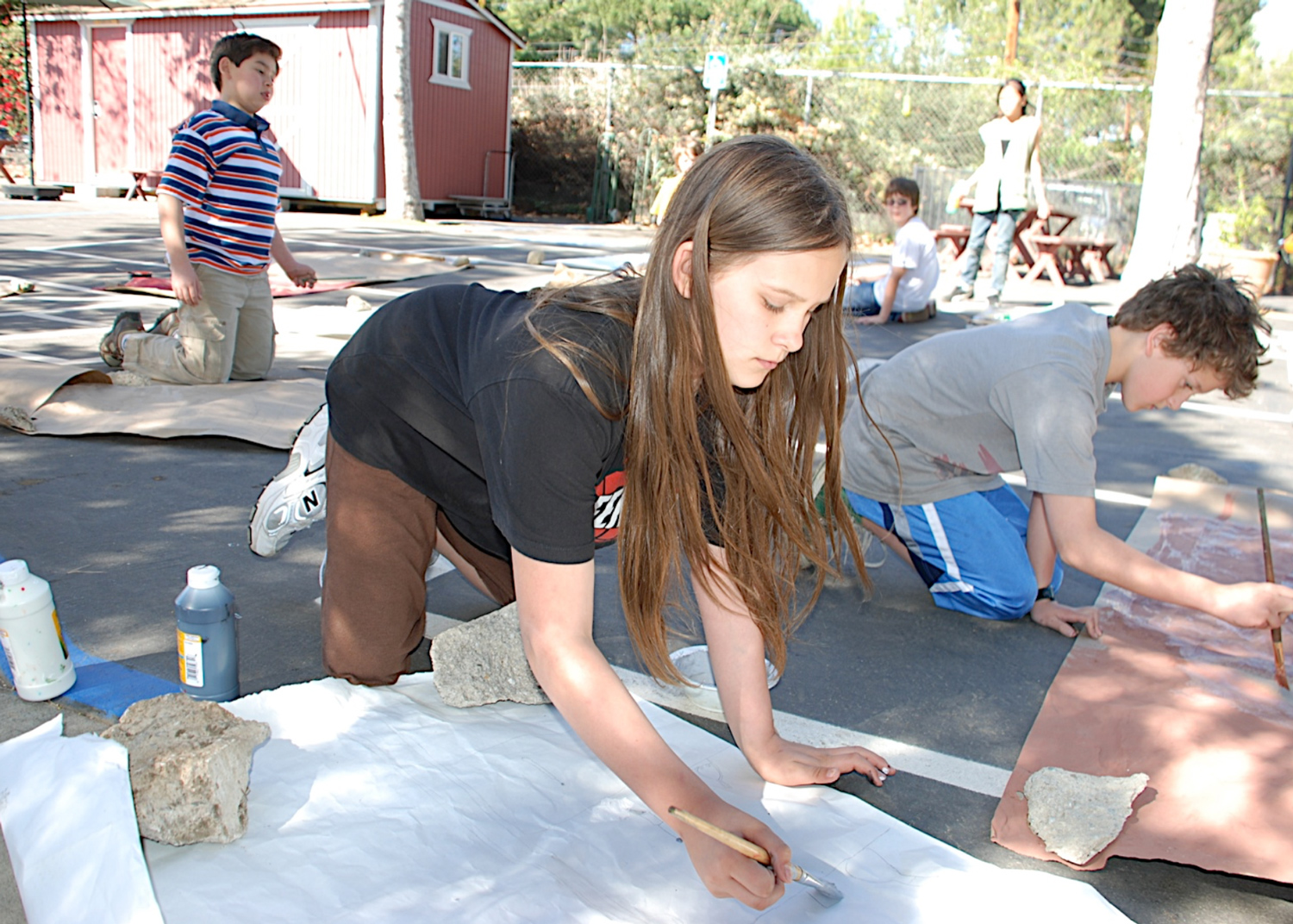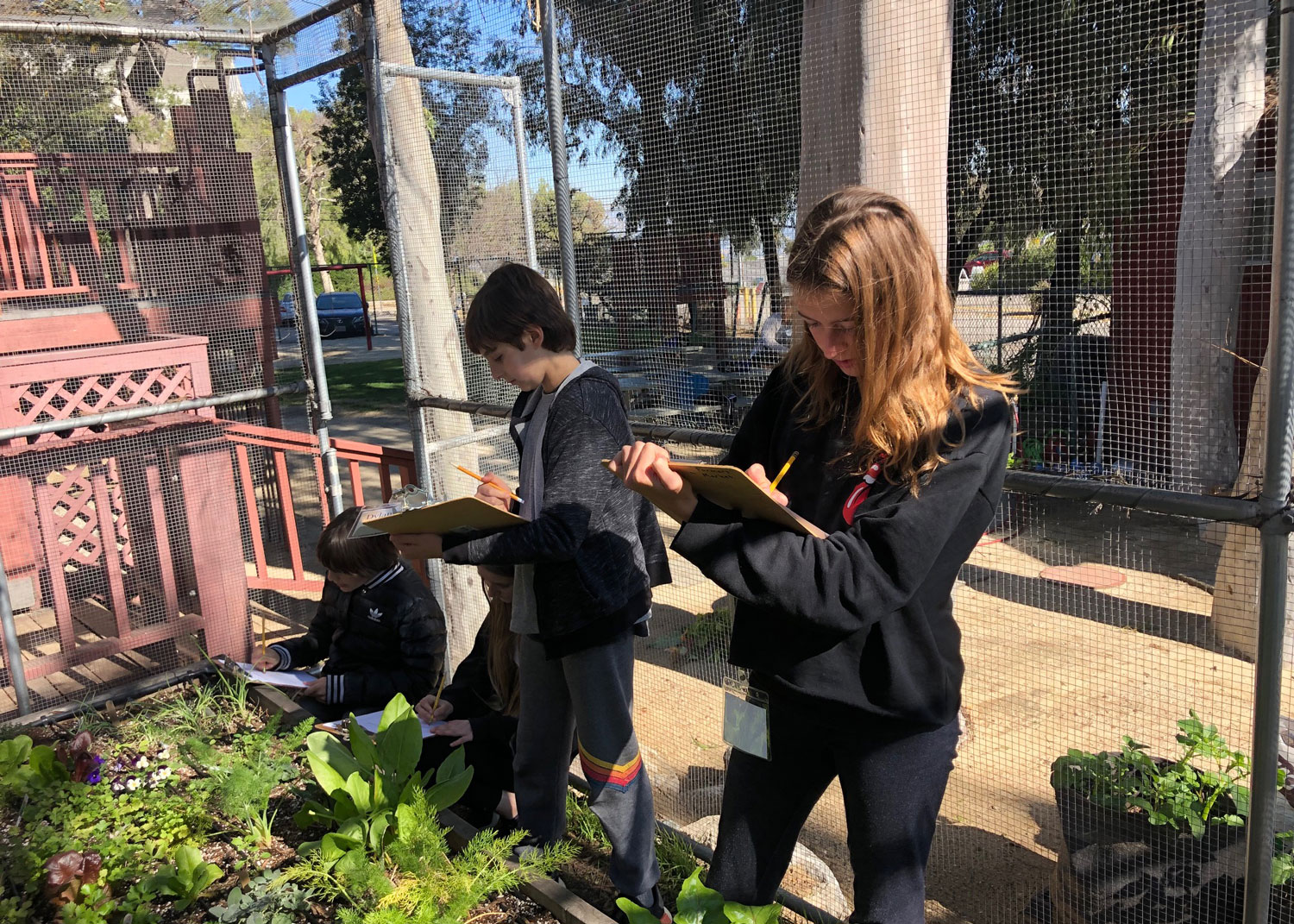At A Glance
Our social studies based approach integrates and connects language arts, math, visual arts, science, music, and woodworking.
Block building powers the work children do at Westland. The notion of using smooth, simple wooden shapes as learning tools dates back to progressive education of the early 20th century, and we’ve run with this idea, integrating block play throughout our curriculum. It is essential to explore the real world during social studies units, which is why Westland students go on frequent field trips, where classroom concepts come alive. Back on campus, children recreate and share their experiences through building, culminations, artwork, and journals.
Our Community
Approximately 130 students in six multi-age class groupings, kindergarten–6th grade.
Approximately 22 students per class group with a head teacher and an associate teacher.
Head teachers have an average of 24 years of teaching experience.
40% of our students are children of color.
40% of our students' families participate in our Flexible Tuition Program.
Our Campus
Children become self-motivated, enthusiastic learners through real-world experiences that make learning relevant to them. Our social studies–based approach integrates and connects the language arts, math, visual arts, science, music, and woodworking.
John Dewey wrote, “To be playful and serious at the same time is possible, and it defines the ideal mental condition.” At Westland, work and play coexist on a campus that is scaled for children, where fields, gardens, a pond, pathways, and play yards invite wonder. The environment is warm, child-centered, and purposefully connected to the outdoors. Children engage with their campus, care for it, and learn from it.




























